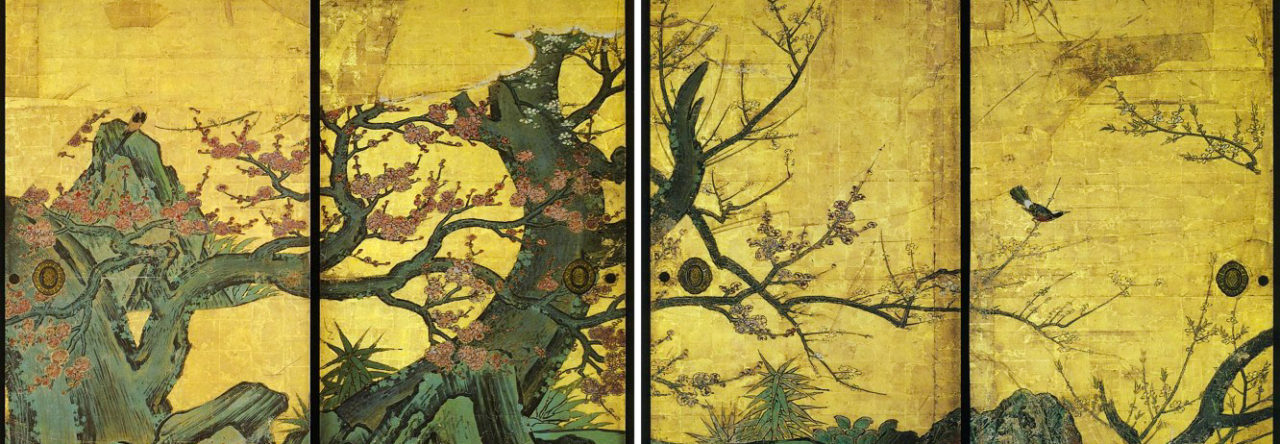
The man who “loves God” is thus one who “dwells in the Inward” and “is oriented towards the Inward”; in other words, he remains motionless in his contemplative inwardness — or his “being”, if one prefers — while moving towards his infinite Center. Spiritual immobility is here opposed to the endless movement of external phenomena, while spiritual movement, on the contrary, is opposed to the natural inertia of the fallen soul, to the “hardness of heart” that must be cured by “grace” and “love”, whose remedy, that is to say, is everything which softens, transmutes, and transcends the ego.
Schuon, Echoes of Perennial Wisdom, World Wisdom, USA, 2012.
English | Français | Español | Deutsch | Italiano | Português






